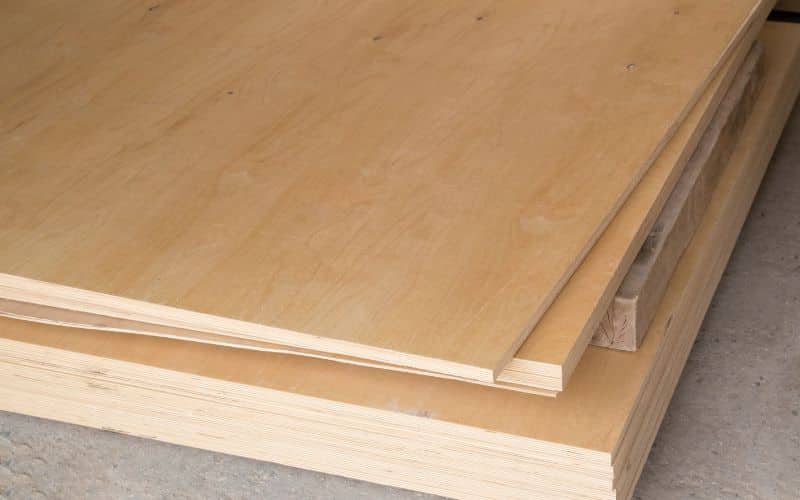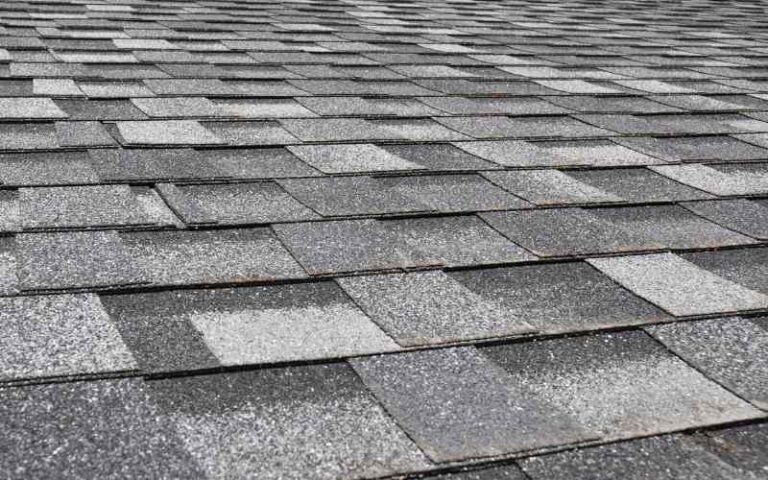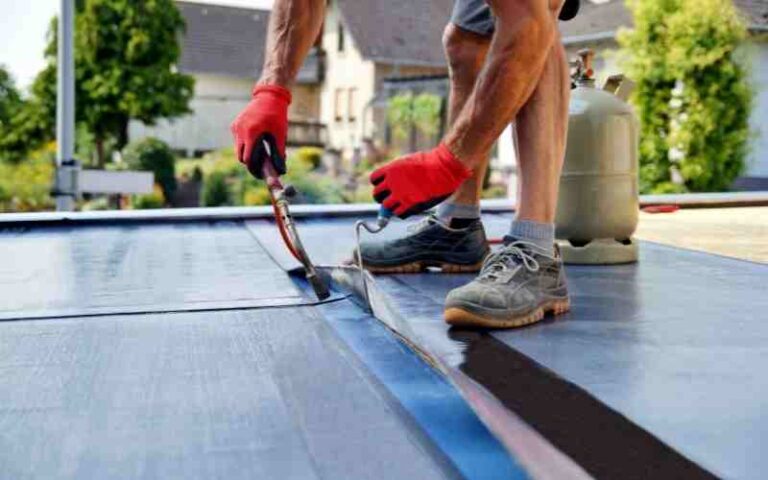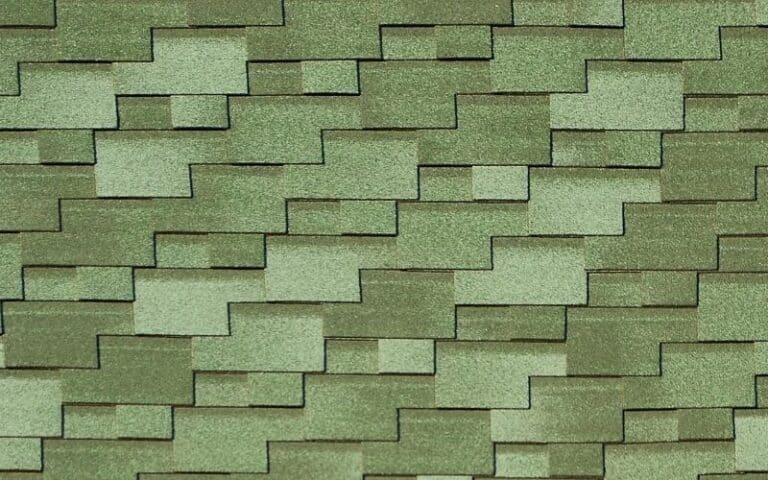Over the years, plywoods have found useful applications in and around the house. They are versatile materials used to produce durable and appealing structures in the home.
Further, the use of plywood today is widespread owing to its cost-effectiveness and aesthetic appeal.
But if you are not a fan of redundant expenditures and desire a lasting structure or design, can you rely on plywood as the material of your choice?
The life expectancy of plywood is around 30 to 50 years. However, the durability of plywood depends on critical factors such as the quality of the plywood, exposure to moisture, maintenance, installation, etc. Plywood can attain its peak life expectancy when it is of good materials, is pressure-treated, and has sufficient layers.
Ready for a Roofing Quiz?
How Long Does Plywood Last Outside?

Pressure-treated plywood can last about 30 years or more outside.
However, if the plywood is untreated, the life expectancy drastically reduces to about five years, especially in colder regions where precipitation is persistent.
Still, warmer weather doesn’t necessarily keep your plywood safe since it attracts insects such as termites when untreated.
Outdoors, plywoods are exposed to several hazards that speed up their wear. Excessive sunlight and heat, precipitation, and exposure to insects all contribute to the reduction in the lifespan of the plywood.
Nevertheless, they are several types of outdoor plywood specifically designed to combat the outdoor factors that reduce the life expectancy of plywood and thus increase its durability.
Some include;
#1. Marine-rated plywood:
Is considered the highest in quality among exterior plywoods. It is specially designed to be incapable of retaining moisture, evading damage due to moisture absorption.
#2. Pressure-treated plywood:
Has widespread application outdoors around the house. This plywood type has chemicals injected into it to ward off insects and bacteria and thus can last a long time without the threat of insect infestation.
#3. ACX/CDX:
Commonly used on roofs and outside walls, are outstanding for their sturdiness and aesthetic appeal. These plywood types combine beauty and strength to instill confidence whenever you use them.
In addition, both have good water resistance capacity, especially CDX, mostly used for roof decking.
#4. Overlaid:
Has an impressive weather-resistance ability, making it invaluable in outdoor applications.
In addition, overlaid comes in different densities and has a finished appearance, making it easier to paint and use anywhere around the house.
#5. T1-11:
Is a dominant choice for exterior wall siding. That is because this plywood type gives a natural look and is usually pressure-treated and resists molds and mildew.
In addition, the pressure treatment and its textured nature make it suitable for exterior application.
How Long Will Painted Plywood Last Outside?
Applying paint on plywood would enable it to attain its maximum life expectancy of about 30 to 50 years.
Although if the plywood is untreated, the paint would only assist it in exceeding the five-year benchmark.
Painting plywood only serves as an effective method of waterproofing plywood. Hence, it only protects the plywood to an extent from the effects of moisture by restricting moisture penetration.
It is also useful against insects around the time it is applied, but as the odor of the paint diminishes, the paint is defenseless against insects.
For outdoor use, use the exterior latex paint to waterproof your plywood. Other waterproof materials for plywood include;
- Spray-on latex
- Polyurethane varnish
- Drying oils
- Epoxy sealant
In addition, for the painted plywood to be effective in its waterproofing function, you must do the paint job properly.
Remember that you first have to sand the plywood, after which you will apply a sealer and primer.
The sealer gives you a smooth, even surface on which to apply the paint, while the primer ensures a harmonious color rhythm by preventing paint absorption by the plywood.
How Long Does Plywood Furniture Last?
The life expectancy of plywood furniture has no numerical placement. In furniture, plywood can be used as the overall building material or as an add-on to solid wood furniture.
Generally, though, its durability depends on the user’s maintenance practices and level of exposure to moisture.
Plywood is a good choice for furniture because of its lightweight and aesthetic appeal.
However, it is not as durable as solid wood furniture but can last a long time when properly maintained and kept free from moisture.
An important factor that promotes the longevity of your plywood furniture is the quality of the material used.
Therefore, I recommend using marine-rated plywood for furniture construction. This plywood type is of the highest quality and comes designed to resist moisture penetration and absorption.
It will also help if you coat the furniture with waterproof paint, varnish, or other materials. Doing this would ensure that your furniture attains the maximum life expectancy.
How Long Does Plywood Last on a Roof?
In roofing, engineers use plywood primarily as roof decking, and this structure can last a minimum of 30 years.
Further, if you use pressure-treated plywood of high quality and install it properly, you can expect this structure to exceed the 40 years life expectancy.
Knowing the life expectancy of plywood on your roof is paramount because the durability of our plywood decking invariable affects the durability of your roof.
Though not a visible part of your roof, degrading plywood decking affects your shingles as they do your ceiling. Thus, it needs replacement as soon as it degrades.
Although plywood decking lasts a long time when installed properly, they do not last a lifetime and will eventually degrade.
You do not need a professional to point it out for you when they do.
The signs are usually glaring, ranging from disarrayed shingles and wet signs on the ceiling to the characteristic smell of mold from the roof, which continues to increase as the rot spreads.
Therefore, using the highest quality plywood for your roof decking would be best. I would recommend you use the 4-ply CDX plywood for your roof decking.
This plywood grade has an outstanding ability to resist water and moisture better.
How Long Does Plywood Last In the Rain?
Plywood constantly exposed to rain would be fortunate to last up to ten years. However, if plywoods stay wet for longer periods, they absorb the moisture and begin to swell.
This swelling would cause the glued layers to give way, damaging the plywood.
If you intend to furnish a part of your house constantly exposed to rain, it would be best to use marine-grade plywood.
This plywood is best for moisture exposure since there are constructed from knotless woods. Hence, eliminating the formation of water pockets in your plywood and enhancing longevity.
That is why they are used in constructing boats, earning them the name ‘marine-grade,’ the best quality plywood.
On the other hand, pressure-treated plywood would not last long in the rain since they are treated against insects and bacteria alone.
Besides, they are very soft and have sufficient water pockets that absorb and retain water, damaging the plywood. Do you know, How Long Does Roof Last in Houston?
How Long Does Plywood Last Inside?
The life expectancy of plywood indoors depends heavily on its specific use inside.
For example, while plywood for flooring can last about 20 years, plywood last for much longer when used for furniture, walls, ceilings, etc.
#1. Plywood for Flooring
You can peg the life expectancy of plywood used as floorboard at 20 years.
However, attaining this life expectancy and exceeding it depends on several important factors; foremost is the type of plywood used.
Therefore, it would be best to use marine-rated plywood or pressure-treated plywood for flooring, depending on your needs.
For example, you should use marine plywood if you live with kids where water spillage is a constant feature.
But if you live where insect infestation is common, it would benefit you more to go for the pressure-treated plywood.
The installation of plywood flooring is also crucial to its lifespan. A properly installed plywood flooring would be fitted firmly without spaces.
In contrast, a poorly fitted flooring would be uneven, leaving gaps and holes which encourage linear expansion, loss of shape, and disassembly of plywood layers.
#2. Plywood for Walls and Ceiling
Though they give an impressive aesthetic design, depending on where they are applied, plywood for walls and ceilings could become the least durable indoors.
Although installation, cost, and aesthetics are a plus for plywood in walls and ceilings, their place of application greatly affects their durability.
When installed in properly ventilated rooms, they can last a lifetime. Still, in areas of high humidity and frequent moisture exposure, such as bathrooms and kitchens, they tend to warp easily, causing damage.
Nevertheless, plywoods such as overlaid and T1-11 find a better application here.
#3. Plywood for Furniture
Next to the type of plywood, maintenance greatly determines the life expectancy of plywood used for furniture. You should use pressure-treated plywood for indoor furniture and maintain them properly.
This maintenance includes proper use and storage, coating with paint or varnish, cleaning regularly, etc.
With such maintenance, plywood for furniture can last until the furniture design goes out of fashion or as long as the house stands.
Final Thoughts
When treated, plywood can last about 30 to 50 years but would degrade in far less time when untreated. Factors such as moisture, installation, and plywood quality can directly affect life expectancy.
However, plywoods are durable, so with proper maintenance, you could have your plywood furniture, flooring, or roof decking last for as long as the house stands.






